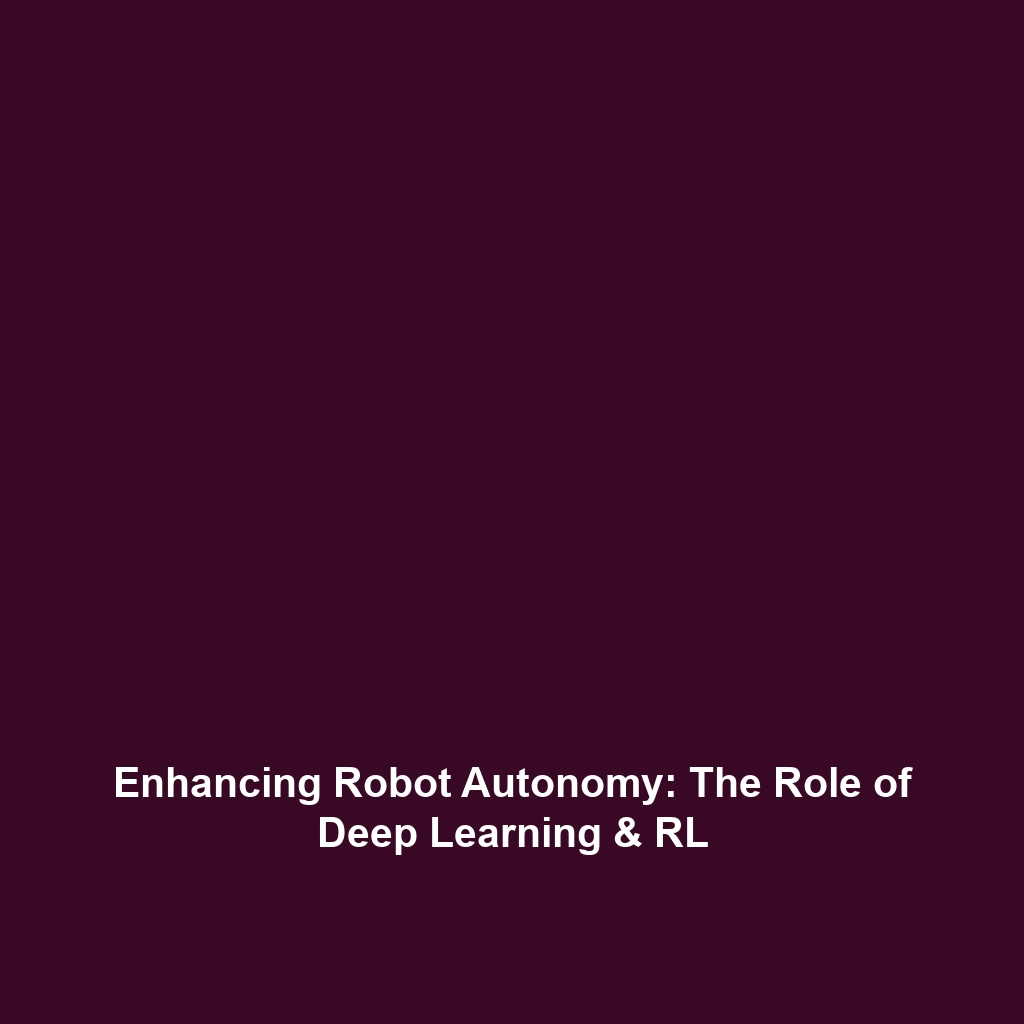Global Efforts to Standardize Immunotherapy Approval and Access
Introduction
The global landscape of immunotherapy has witnessed transformative advancements in recent years, particularly in the fight against cancer.
Standardization of immunotherapy approval and access is crucial for ensuring that innovative treatments are available to patients worldwide.
As new therapies emerge, their timely regulation and equitable access become significant to improve outcomes in cancer treatment.
This article delves into the ongoing international initiatives driving the standardization of immunotherapy, aiming to enhance patient care and compliance across different jurisdictions.
Key Concepts
Understanding Immunotherapy Standardization
The standardization of immunotherapy involves creating uniform guidelines for the approval and distribution of immunotherapeutic agents across various health systems.
This initiative hinges on the following principles:
- Scientific Validation: Ensuring all therapies undergo rigorous testing for efficacy and safety.
- Global Collaboration: Countries and organizations work together to share knowledge and resources.
- Regulatory Frameworks: Development of comprehensive policies to govern the approval process.
- Patient-Centric Approaches: Focusing on the needs and rights of patients as stakeholders in the healthcare system.
Applications and Real-World Uses
Global efforts to standardize immunotherapy approval and access have significant implications for practical applications in cancer treatment.
How these efforts are manifested in immunotherapy for cancer includes:
- Expedited Approvals: Rapid assessment of new therapies leads to quicker patient access.
- Cross-Border Treatments: Patients can receive approved therapies in different regions without bureaucratic hurdles.
- Increased Research Funding: Attracting investments into the development of innovative immunotherapies with global potential.
Current Challenges
Despite progress, challenges persist in the standardization of immunotherapy approval and access:
- Variability in Regulations: Disparities in regulatory frameworks across countries can cause delays.
- Financial Barriers: High costs can impede patient access to novel therapies.
- Information Gaps: Lack of data-sharing agreements limits knowledge exchange among nations.
- Equity Issues: Ensuring equitable access remains a priority in diverse socio-economic landscapes.
Future Research and Innovations
The future of global efforts to standardize immunotherapy approval and access is likely to benefit from numerous innovations and advancements:
- Artificial Intelligence: Leveraging AI for better data analysis in therapeutic efficacy and patient outcomes.
- Adaptive Trials: Employing flexible trial designs that can adjust based on real-time data.
- Blockchain Technology: Enhancing transparency and security in patient data management and regulatory compliance.
Such innovations could pave the way for ground-breaking progress in the realm of immunotherapy and cancer treatment.
Conclusion
In summary, global efforts to standardize immunotherapy approval and access are crucial for enhancing treatment landscapes in cancer care.
By overcoming existing challenges and embracing future innovations, stakeholders can work towards more equitable patient access to life-saving therapies.
For additional insights into the evolving landscape of immunotherapy, consider exploring our comprehensive guides on immunotherapy advancements and cancer research innovations.









